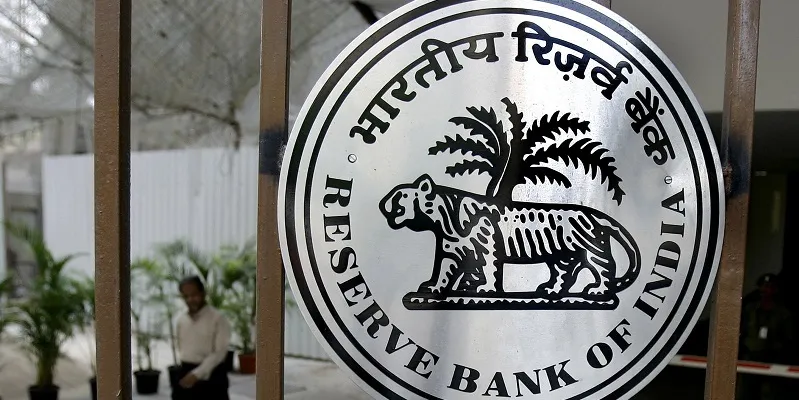RBI to inject Rs 10,000 Cr liquidity into market to deal with coronavirus fallout
In a bid to help the Indian economy tide over the impact of the coronavirus pandemic, the Reserve Bank of India plans to inject liquidity of Rs 10,000 crore through open market operations.
The Reserve Bank of India will inject liquidity of Rs 10,000 crore through open market operations on Friday to maintain financial stability in the system in the wake of coronavirus outbreak in the country.
With the heightening of COVID-19 pandemic risks, certain financial market segments have been experiencing a tightening of financial conditions as reflected in the hardening of yields and widening of spreads.
"It is important to ensure that all market segments remain liquid and stable, and function normally," RBI said in a release on Wednesday.

(Photo credit: AFP)
Accordingly, the Reserve Bank has decided to conduct open market operations on Friday in the form of purchase of an aggregate amount of Rs 10,000 crore of government securities through a multi-security auction using the multiple price method, it said.
It will purchase securities with coupon rate of 8.20 percent (maturity February 15, 2022); 7.37 percent (April 16, 2023); 7.32 percent (January 28, 2024); and 7.72 percent (May 25, 2025).
RBI said there was no notified amount against any of these securities within the aggregate ceiling of Rs 10,000 crore set for the operation.
The result of the auction will be announced on the same day and payment to successful participants will be made during banking hours on Monday.
Successful participants should ensure availability of requisite amount of securities in their SGL accounts by 12 noon on March 23, 2020 (Monday), it added.
Earlier on Monday, RBI Governor Shaktikanta Das said the regulator had "enough policy tools and stands ready to take any measures" needed to help the economy tide over the impact of the coronavirus pandemic.
In two liquidity enhancing measures, Das announced another round of $2 billion dollar-rupee swap on March 23, and said the RBI would continue to conduct the long-term repo operations (LTROs) of up to Rs 1 lakh crore as and when the market needed.
On March 16, the RBI conducted the first dollar-swap for $2 billion under which the central bank buys rupee from the market by selling the dollars.
On the LTROs, it has already conducted four rounds worth Rs 1 lakh crore operations since February 14, after announcing it at the February 6 policy review.
OMOs are money market tools to suck or inject liquidity into the system. When there is enough liquidity, the RBI resorts to selling of government securities to take out money supply, while it purchases the same when the market needs the money.
(Edited by Teja Lele Desai)








